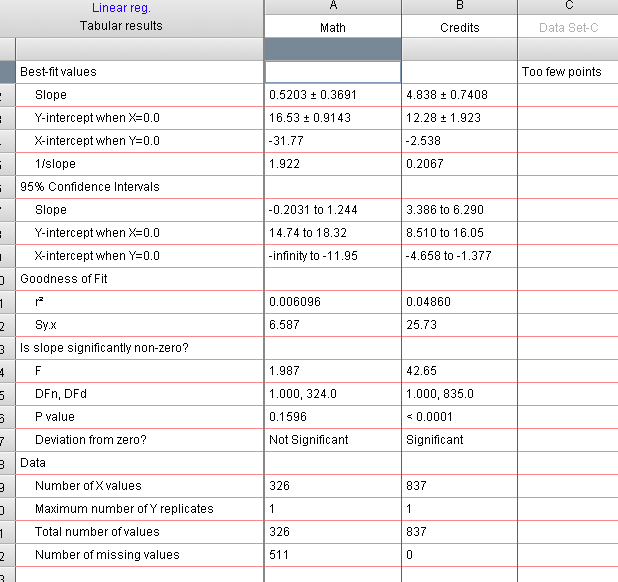

When you next launch Prism, those files will open again. When you quit Prism, it remembers the files that were open.You'll always be working on the latest version and don't have to think about saving. Open it when you want to work on it again. Close a project file when you are done working with it. As you work, your file is automatically saved.Prism now conforms to the new paradigm that Apple created for working with files. This made sense in the days of slow floppy disks, but those days are long gone. So you had to remember to frequently save work in progress. Prism had an automatic backup feature to recover your work when this happened. If your computer crashed (or lost power for a fraction of a second), your work was gone unless you had saved it.


When working with previous versions of Prism, as with Microsoft Office and many other programs, you had to always remember that you were editing a transient document in computer memory. What happens when you check these options is explained at the bottom of this page. Most of this page assumes that you have left both options unchecked (the default), and we urge you to use Prism for a while this way to get used to the new approach. Both options apply to all applications that use Autosave and Versions, not just Prism. Two setting in the General tab of System Preferences have a huge impact on how Prism acts when you close a file or exit Prism.īy default, both are unchecked. Important settings in the General tab of System Preferences But note that we simply implemented the framework that Apple created, so have no ability to fine-tune how it works. Since we know that many Prism users will have not encountered this new way of working before, we detail how these features work below. If you use iWork (Pages, Numbers and Keynote), you are already familiar with these features. Versions and Autosave have been part of OS X since 2011, and were introduced to GraphPad Prism in version 7. Note that this page only applies to Prism Mac, not Prism Windows.


 0 kommentar(er)
0 kommentar(er)
